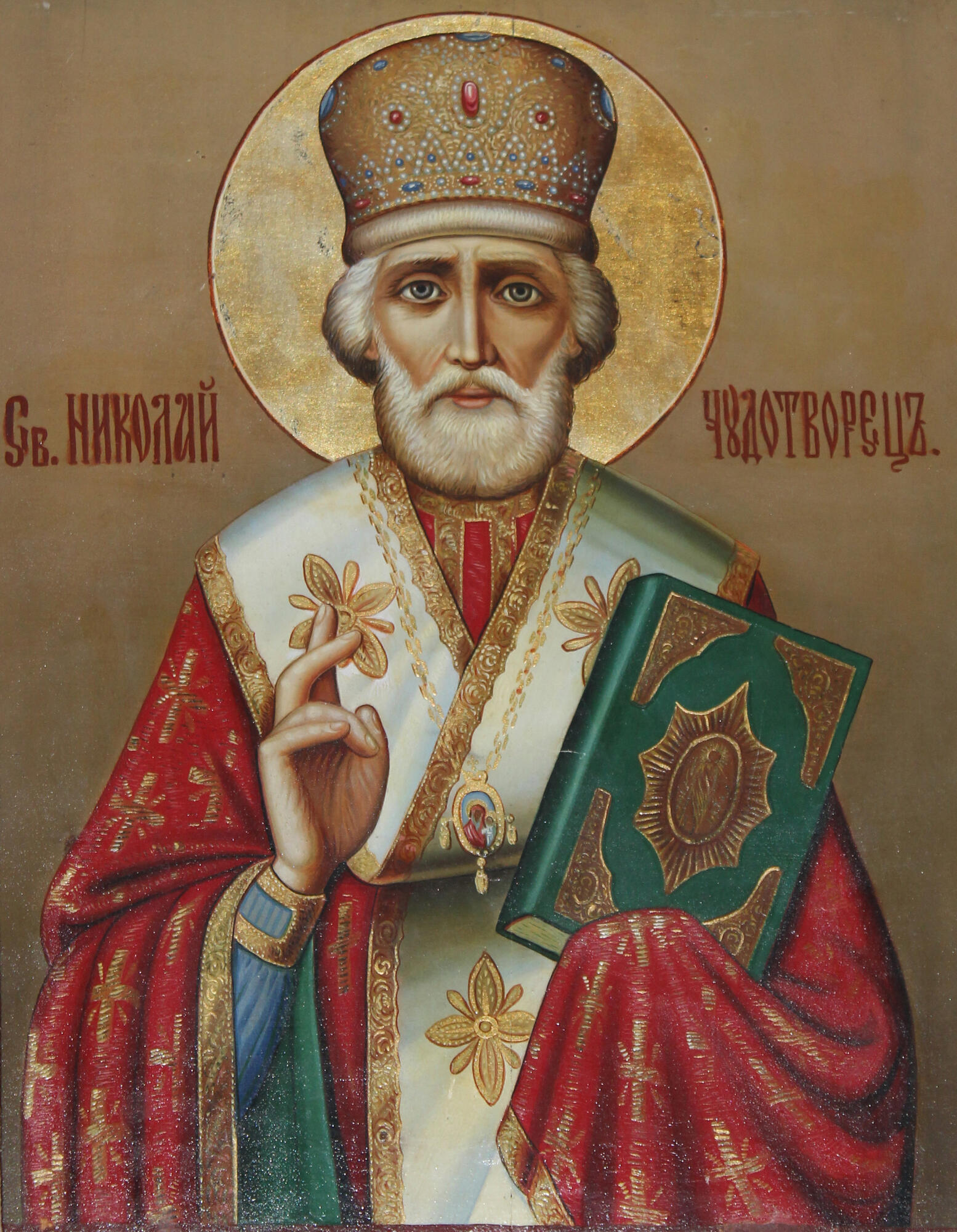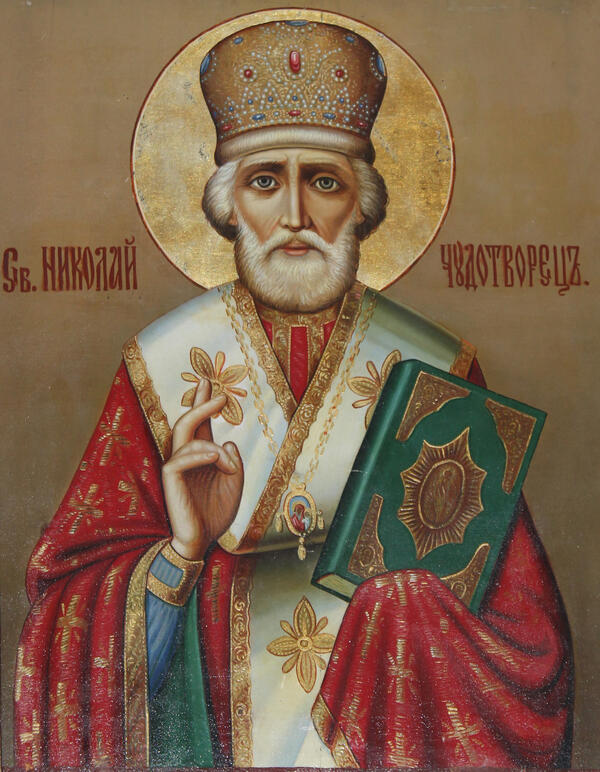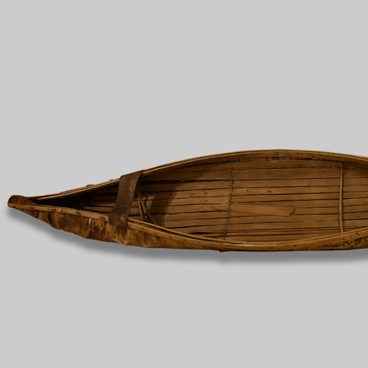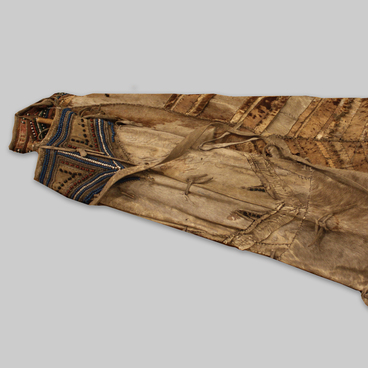Nicholas, the Wonderworker — Saint, Archbishop of Myra of Lycia. He is depicted with a mitre on his head, a symbol of his bishopric. In Christianity he is revered as a miracle worker, in the East he is the protector of travelers, prisoners and orphans, in the West — the patron of almost all strata of society, but mainly children.
Saint Nicholas is also considered the patron of sailors, who is often approached by sailors who are threatened with sinking or shipwreck. In the life of the Saint, there is a story about how, as a young man, he went from Myra to study in Alexandria, and during a sea voyage, he resurrected a sailor who fell from the ship’s rigging in a storm and crashed. On another occasion, Nicholas saved a sailor on his way back to Myra from Alexandria and took him to church with him on arrival.
In addition, St. Nicholas became the prototype of the character of Santa Claus with the custom of hanging out socks for gifts. The main story was about he planted gold in the house of a father of three girls, who could not marry them off because there was nothing to give as a dowry. According to Catholic tradition, the sack thrown through the window by Saint Nicholas landed in a stocking left to dry by the fire.
After his death, the body of the saint began to stream myrrh and became an object of pilgrimage. A basilica was built over the grave at Myra in the VI century, and at the beginning of the IX century — the Church of St. Nicholas still exist today. The relics were kept there until 1087, when most of them were stolen by Italians from the city of Bari. There, within a year, a church was built in the name of the saint — now it is known as Basilica of St. Nicholas, the relics are still kept in it. A few years later, the rest were stolen from Myra by the Venetians — they placed the relics in the Catholic Church of St. Nicholas on the island of Lido in Venice.
In the XX century, anthropologists tried to recreate the appearance of St. Nicholas. They built a three-dimensional model of the skull based on high-quality black-and-white photographs and x-rays. Taking into account the peculiarities of the bones and with the help of a special program, the artists were able to restore the face of the saint. So scientists got an image of a short, bald man with an olive complexion and close-set brown eyes.
Saint Nicholas is also considered the patron of sailors, who is often approached by sailors who are threatened with sinking or shipwreck. In the life of the Saint, there is a story about how, as a young man, he went from Myra to study in Alexandria, and during a sea voyage, he resurrected a sailor who fell from the ship’s rigging in a storm and crashed. On another occasion, Nicholas saved a sailor on his way back to Myra from Alexandria and took him to church with him on arrival.
In addition, St. Nicholas became the prototype of the character of Santa Claus with the custom of hanging out socks for gifts. The main story was about he planted gold in the house of a father of three girls, who could not marry them off because there was nothing to give as a dowry. According to Catholic tradition, the sack thrown through the window by Saint Nicholas landed in a stocking left to dry by the fire.
After his death, the body of the saint began to stream myrrh and became an object of pilgrimage. A basilica was built over the grave at Myra in the VI century, and at the beginning of the IX century — the Church of St. Nicholas still exist today. The relics were kept there until 1087, when most of them were stolen by Italians from the city of Bari. There, within a year, a church was built in the name of the saint — now it is known as Basilica of St. Nicholas, the relics are still kept in it. A few years later, the rest were stolen from Myra by the Venetians — they placed the relics in the Catholic Church of St. Nicholas on the island of Lido in Venice.
In the XX century, anthropologists tried to recreate the appearance of St. Nicholas. They built a three-dimensional model of the skull based on high-quality black-and-white photographs and x-rays. Taking into account the peculiarities of the bones and with the help of a special program, the artists were able to restore the face of the saint. So scientists got an image of a short, bald man with an olive complexion and close-set brown eyes.



